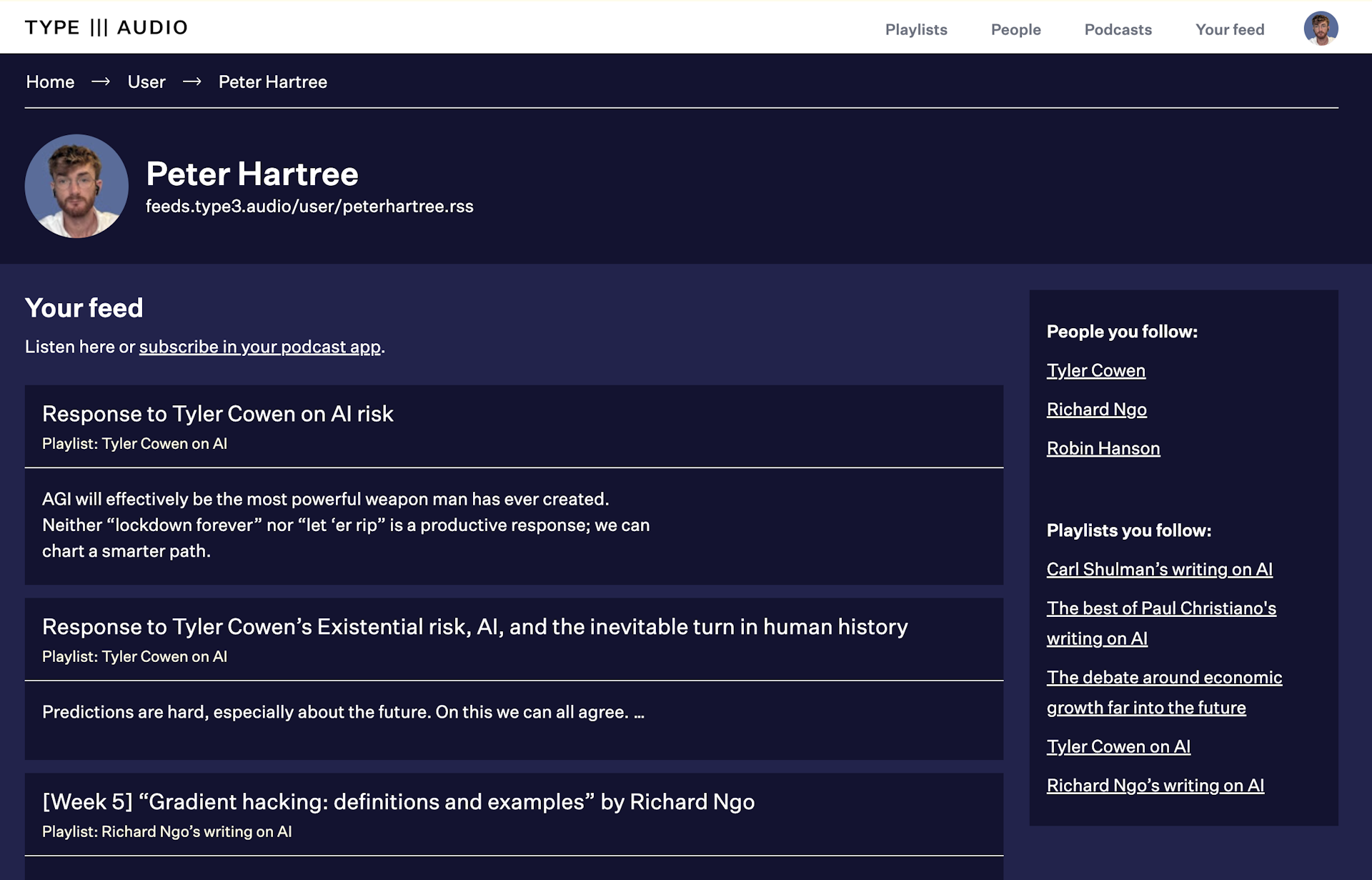Welcome to the alpha release of TYPE III AUDIO.
Expect very rough edges and very broken stuff—and regular improvements. Please share your thoughts.
Gradient Hacking: Definitions and Examples
13 May 2023 · AI Safety Fundamentals: Alignment 201
AI Safety Fundamentals: Alignment 201
Readings from the AI Safety Fundamentals: Alignment 201 course.
Subscribe:
Gradient hacking is a hypothesized phenomenon where:
- A model has knowledge about possible training trajectories which isn’t being used by its training algorithms when choosing updates (such as knowledge about non-local features of its loss landscape which aren’t taken into account by local optimization algorithms).
- The model uses that knowledge to influence its medium-term training trajectory, even if the effects wash out in the long term.
Below I give some potential examples of gradient hacking, divided into those which exploit RL credit assignment and those which exploit gradient descent itself. My concern is that models might use techniques like these either to influence which goals they develop, or to fool our interpretability techniques. Even if those effects don’t last in the long term, they might last until the model is smart enough to misbehave in other ways (e.g. specification gaming, or reward tampering), or until it’s deployed in the real world—especially in the RL examples, since convergence to a global optimum seems unrealistic (and ill-defined) for RL policies trained on real-world data. However, since gradient hacking isn’t very well-understood right now, both the definition above and the examples below should only be considered preliminary.
Source:
https://www.alignmentforum.org/posts/EeAgytDZbDjRznPMA/gradient-hacking-definitions-and-examples
Narrated for AI Safety Fundamentals by Perrin Walker of TYPE III AUDIO.
---



